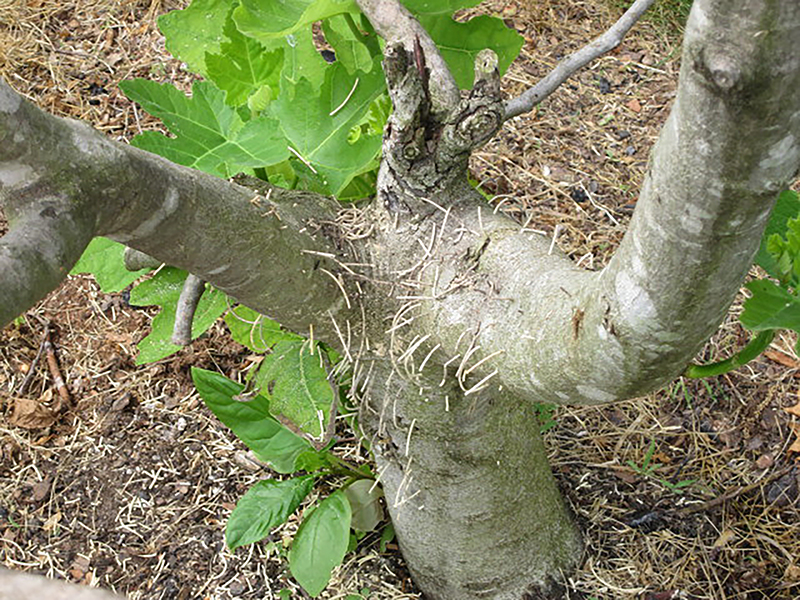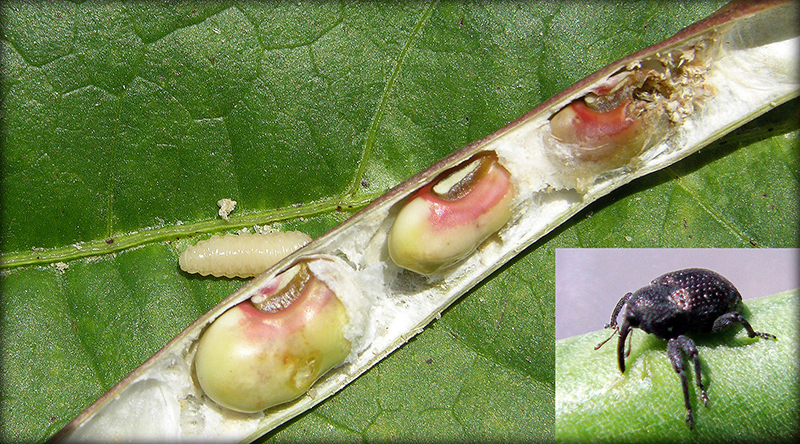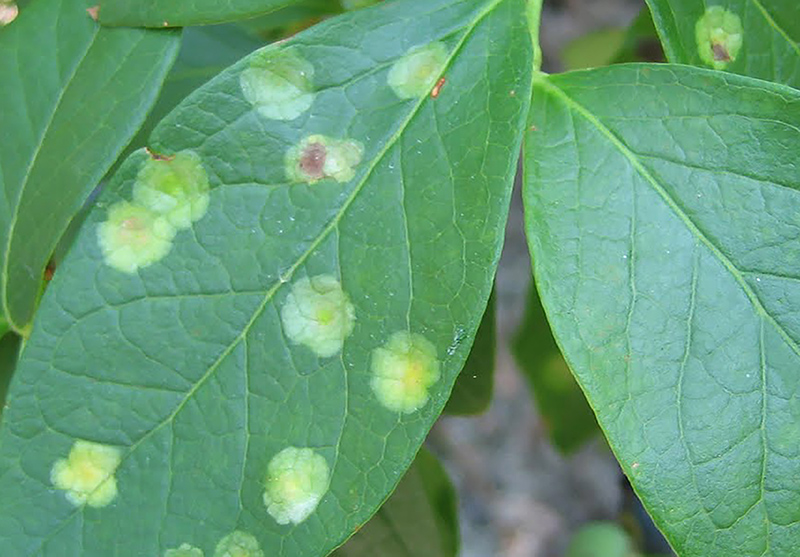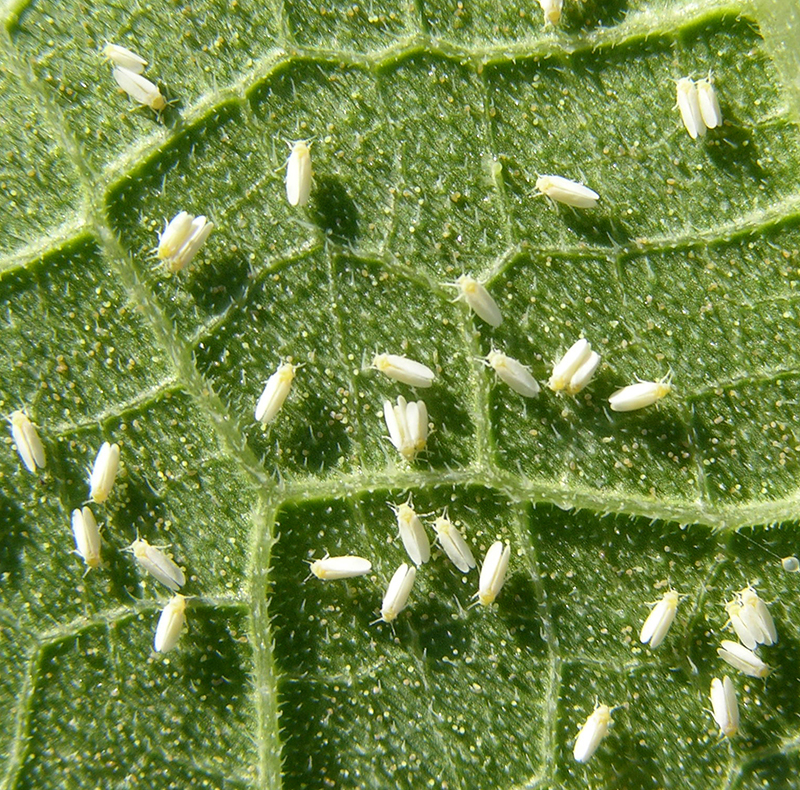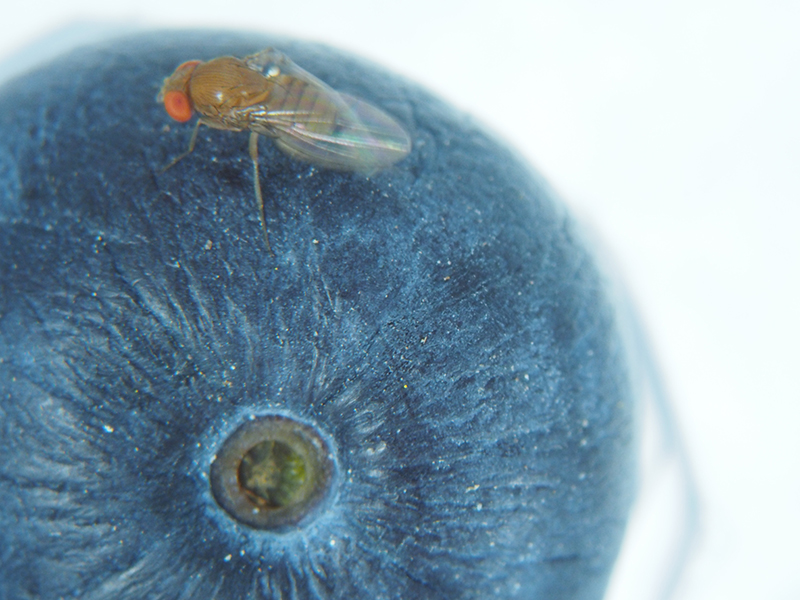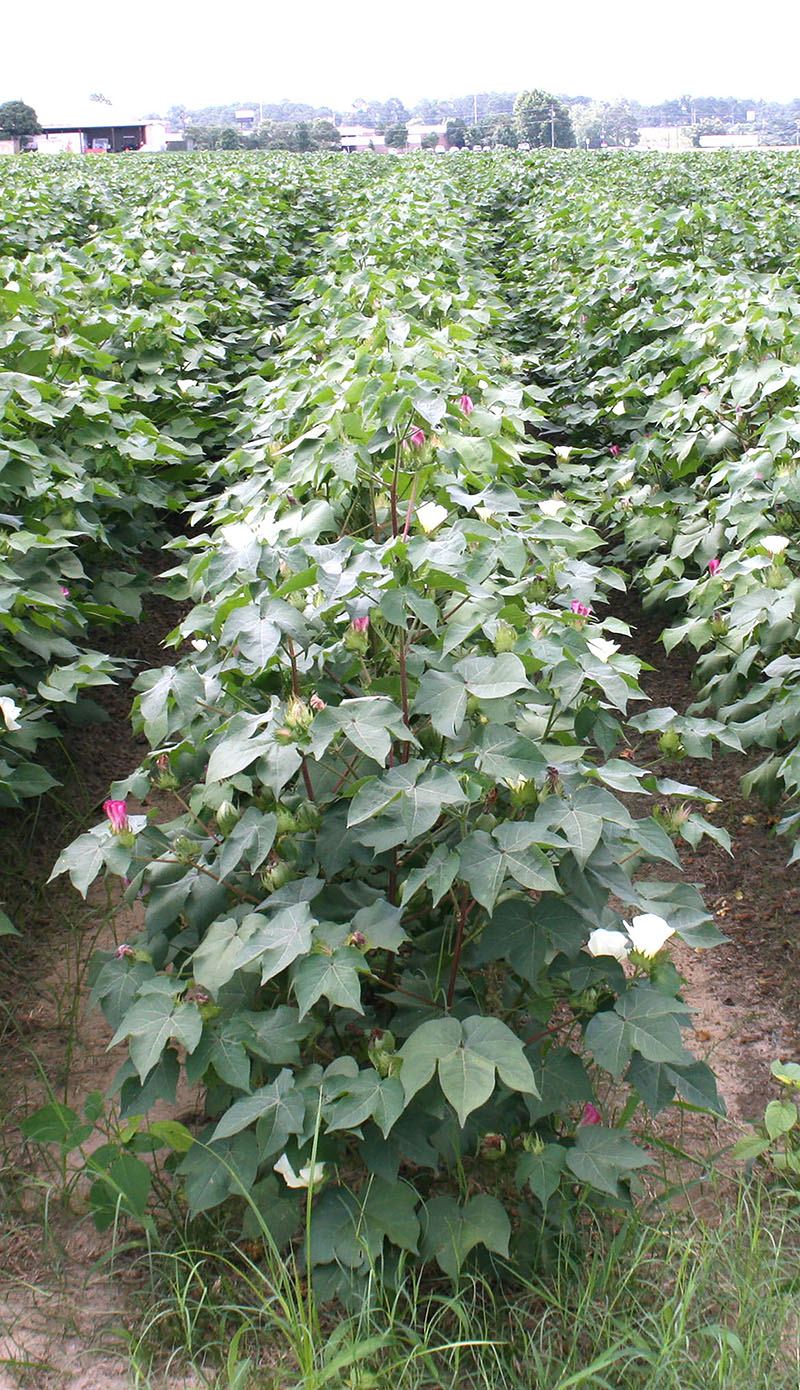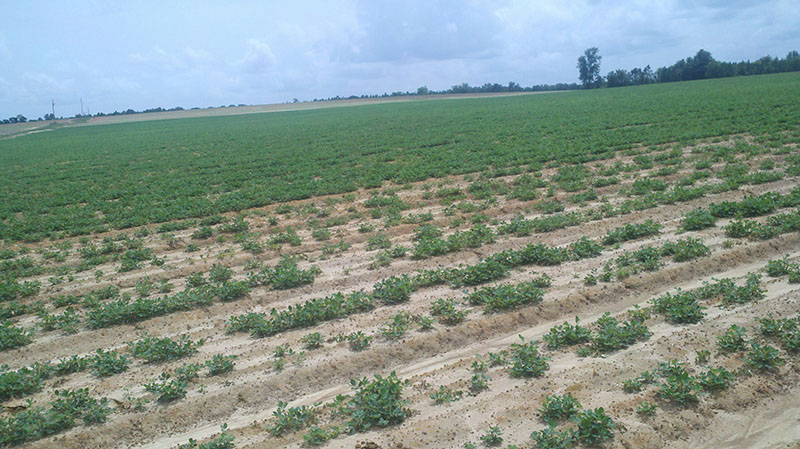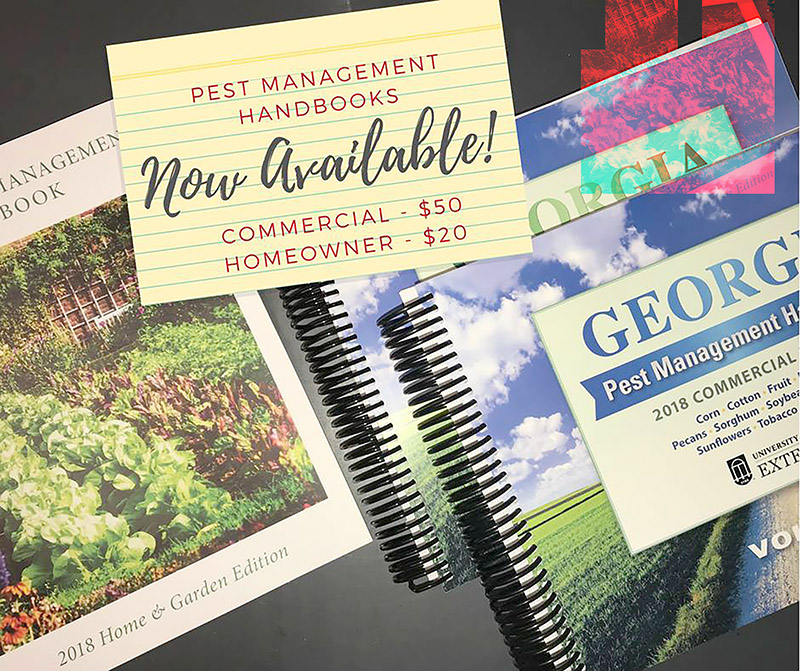 CAES News
CAES News
Pesticide Use
Pesticides, which include insecticides, fungicides, herbicides and more, can contain organic or conventional ingredients. People use them in homes and workplaces, on farms and in gardens, and in other places where they want to control pests like weeds, insects, fungi, rodents and plant viruses.

